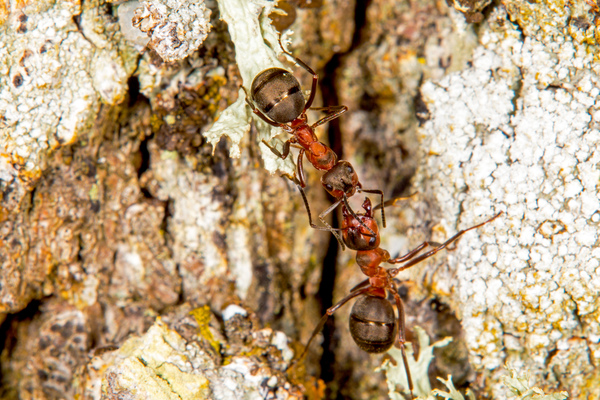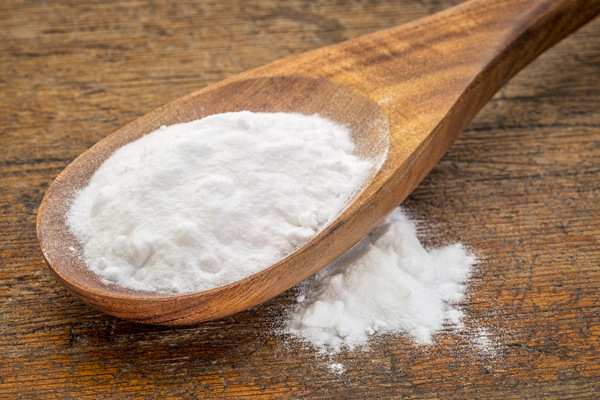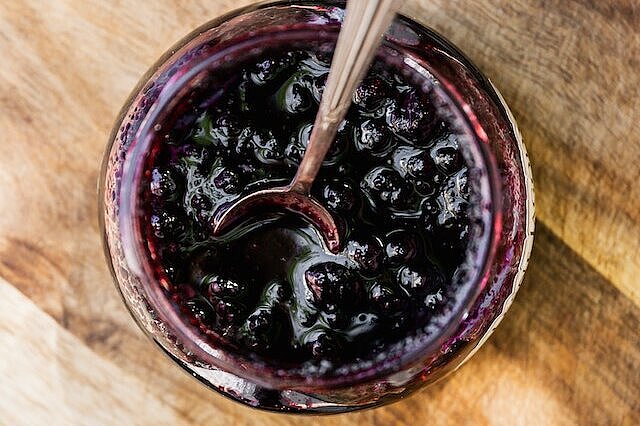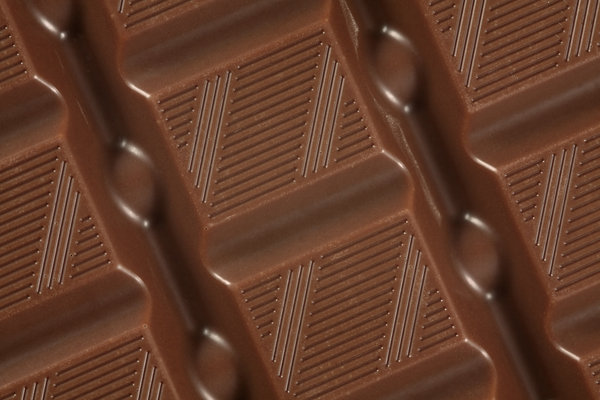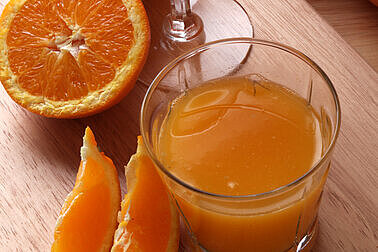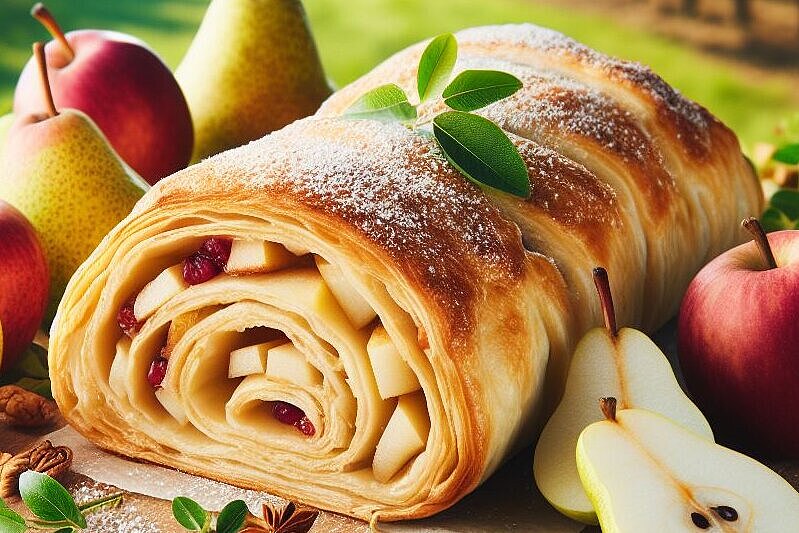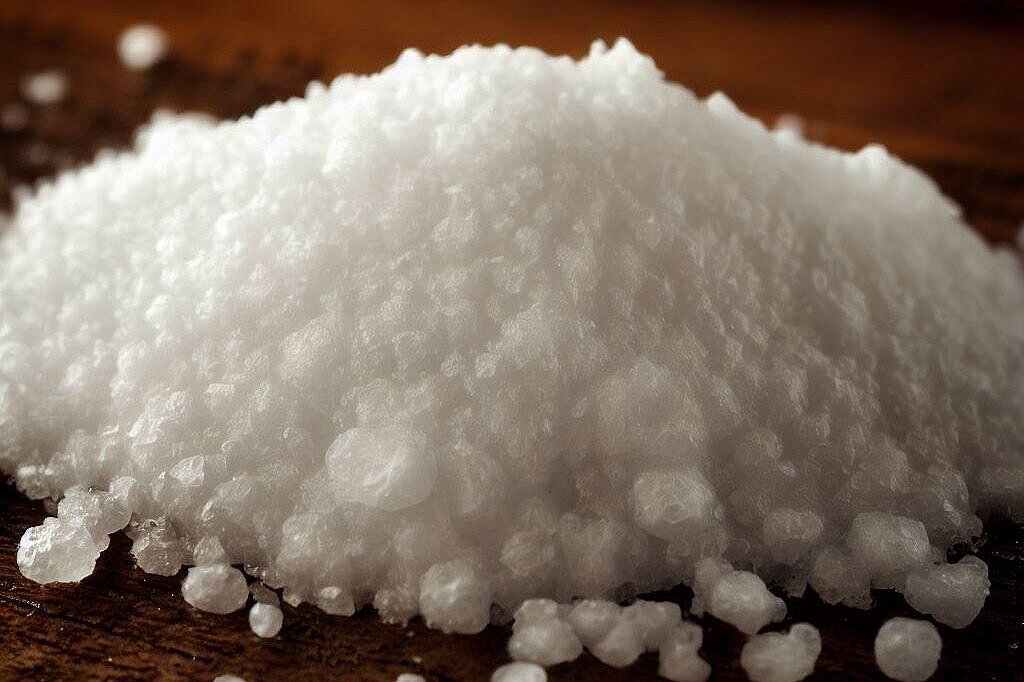Feeding not recommended
If an ingredient in a dog's diet is described as "not recommended for feeding", this means that this ingredient is not suitable for feeding to your dog. There can be various reasons why an ingredient is not recommended. For example, it could contain harmful ingredients that could affect your dog's health, or it could be difficult to digest and cause gastrointestinal problems. Some ingredients can also cause allergic reactions or are toxic to dogs.
It's important to be aware of your dog's specific dietary needs and sensitivities.
Food
Meat
Animal product
Processed food
Compatibility
Feeding not recommended
Feeding toxic
Currywurst
Chemistry
Feeding not recommended
Feeding toxic
Dioxin
Feeding not recommended
Feeding toxic
Dog excrement
Food
Meat
Vegetable
Contains grains
Animal product
Processed food
Compatibility
Feeding not recommended
Feeding toxic
Doner kebab
Rich in amino acids
Food
Vegetable
Compatibility
Feeding not recommended
Eggplant
Intended for human consumption
Seasonal vegetables
Low fat content
Rich in fiber
Rich in nutrients
Rich in vitamins
conditionally compatible
Can be eaten fresh
Feeding not recommended
Suitable for vegan diets
Suitable for vegetarian diets
Eggplant casserole
Feeding not recommended
Feeding toxic
Ethanol
Rich in proteins
Animal product
Feeding not recommended
Feather
can have effects on the nervous system
Plant
Medicinal plant
Feeding toxic
Feeding not recommended
Highly toxic
Potential source of danger
Potential allergy trigger
Field henbane
Chemistry
Liquid
Acid
Medicine
Naturopathy
Topical application
Feeding not recommended
Feeding toxic
Potential source of danger
Formic acid
Food
Vegetable
Processed food
Compatibility
Feeding not recommended
Fried potatoes
Vegetable
Processed food
Feeding not recommended
Gherkin
Spice plant
Tolerated in small quantities
Feeding not recommended
Ginger
Rich in proteins
Meat
Animal product
Processed food
Feeding not recommended
Ham
Food
Meat
Vegetable
Contains grains
Animal product
Processed food
Compatibility
Feeding not recommended
Feeding toxic
Hot dog
Chemistry
Artificial additive
Baked goods
Processed food
Feeding not recommended
Potential source of danger
Leavening agent
Rich in vitamins
Liquid
Processed food
Feeding not recommended
Lemonade
can have effects on the nervous system
Traditional use in phytotherapy
Plant
Garden plant
Medicinal plant
Feeding toxic
Feeding not recommended
Highly toxic
Potential source of danger
Mandrakes
Intended for human consumption
Natural sweetener
Feeding not recommended
Potential source of danger
Maple syrup
Fruit
Processed food
Feeding not recommended
Marmelade
Chemistry
Artificial additive
Feeding not recommended
Highly toxic
Can cause cancer
Potential source of danger
Methyl acrylate
Processed food
Feeding not recommended
Feeding toxic
Milk chocolate
Food
Animal product
Processed food
Compatibility
Tolerated in small quantities
Feeding not recommended
Mozzarella
Plant
Feeding not recommended
Feeding toxic
Nicotine
Vegetable
Plant
Feeding not recommended
Feeding toxic
Onion
Rich in trace elements
Rich in vitamins
Liquid
Fruit
Processed food
Feeding not recommended
Orange juice
Intended for human consumption
Contains sugar
Contains grains
Baked goods
Processed food
Feeding not recommended
Pear strudel
Low protein content
Contains sugar
Baked goods
Can help with weight gain
Rich in carbohydrates
Rich in strength
Feeding not recommended
Tolerated in small quantities
Pear tart
Vegetable
Processed food
Feeding not recommended
Pickled cucumber
Rich in fatty acids
Rich in proteins
Rich in vitamins
Meat
Animal product
Tolerated in small quantities
Feeding not recommended
Pork
Chemistry
Feeding not recommended
Propylene glycol
Chemistry
can have effects on the nervous system
Emergency medicine
Feeding toxic
Feeding not recommended
Highly toxic
Potential source of danger
Prussic acid








